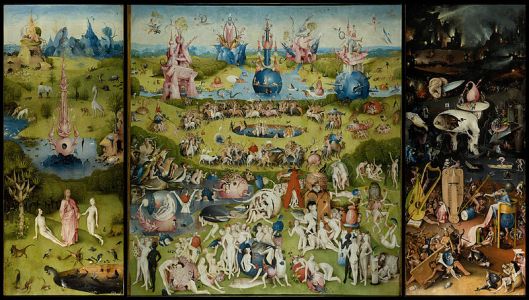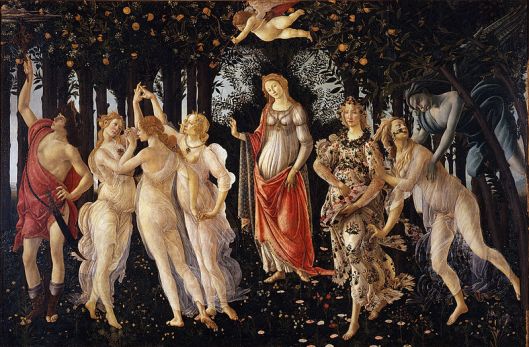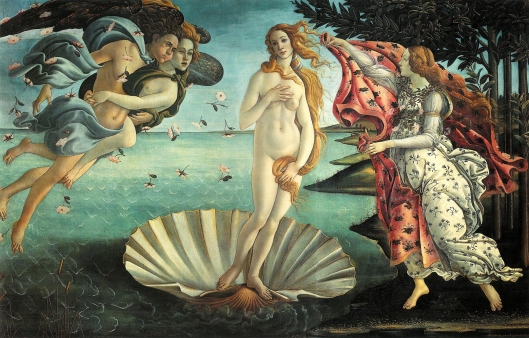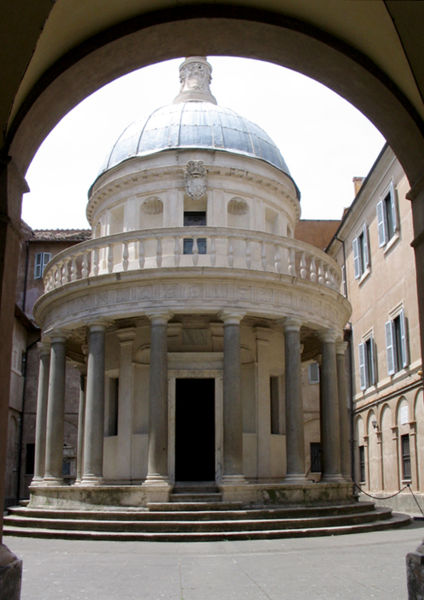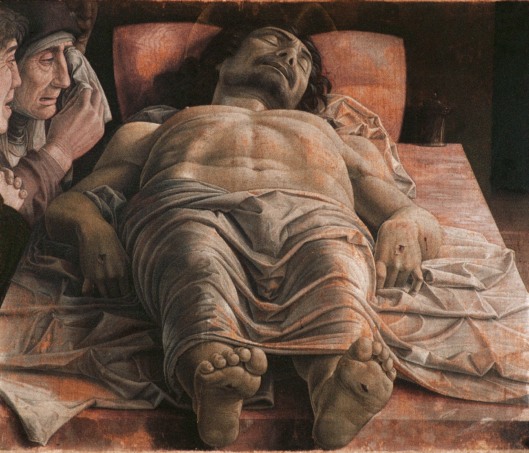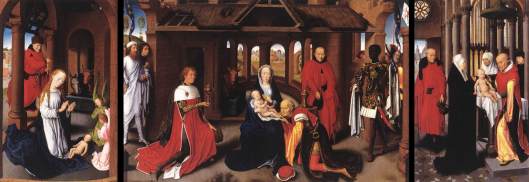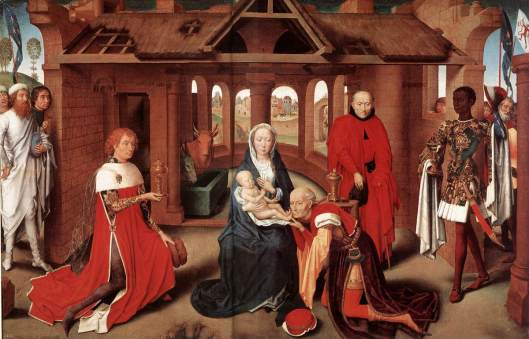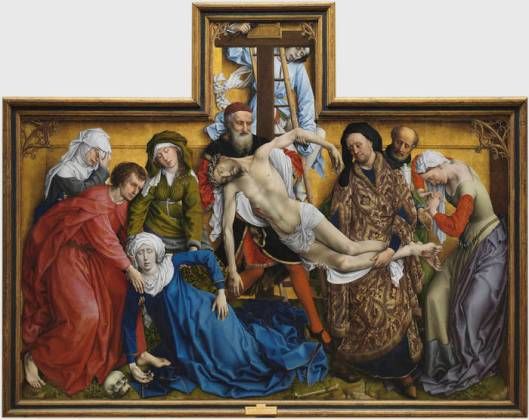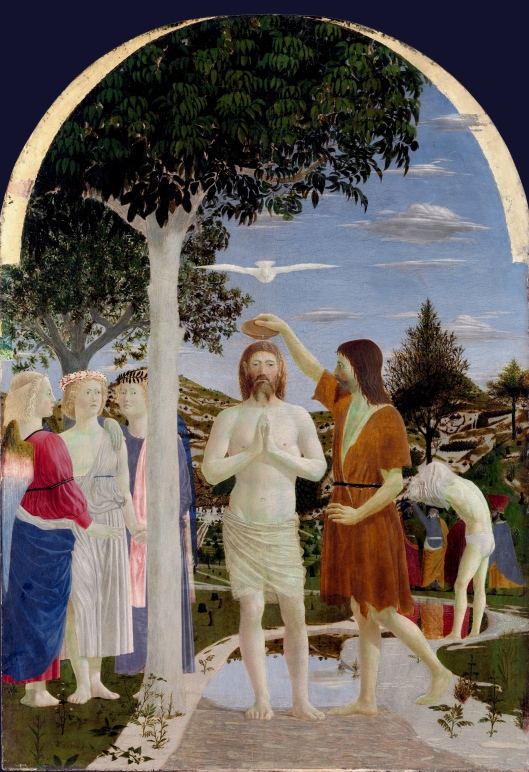I just realised I never said Happy New Year! So, Happy New Year! The holidays are already a distant memory, but it’s all good, many exciting things to come in 2014 I am sure (I think I’ve finally transitioned to pronouncing the year ‘twenty-fourteen’ and not ‘two-thousand-fourteen’. Ooo and in six years it will be ‘twenty-twenty’ and we’ll officially be living in the twenties, which is mega-exciting – I plan to dress like everyone in the Great Gatsby for the entire decade).
Anyway, back to the art. At the moment my arts fixes seem somewhat limited to self-study at home, but I plan to fit in some more trips to galleries and pretty historic buildings soon, so watch this space! Today we meet our first Flemish artist, and one of the artists I had actually heard of before starting this blog…
……………………………………………………….
Name: Jan van Eyck
Work: Painter
Born: 1390
Died: 1441
Worked In: Bruges, Belgium
Period: Early Flemish Painting
What I have learnt about his work in general:
Jan Van Eyck was one of the first users of oil paint (applying layor after layer of transclucent glazes), which opened up a range of jewel like colours and sharp contrasts between light and dark. Van Eyck used the medium to realistically represent materials and light (his personal motto being ‘As I Can), meaning his work was much less idealised than paintings of the Italian Renaissance. He had a strong grasp of perspective, and his paintings also often contained symbolism. He was successful during his life and painted many religious and portrait commissions.
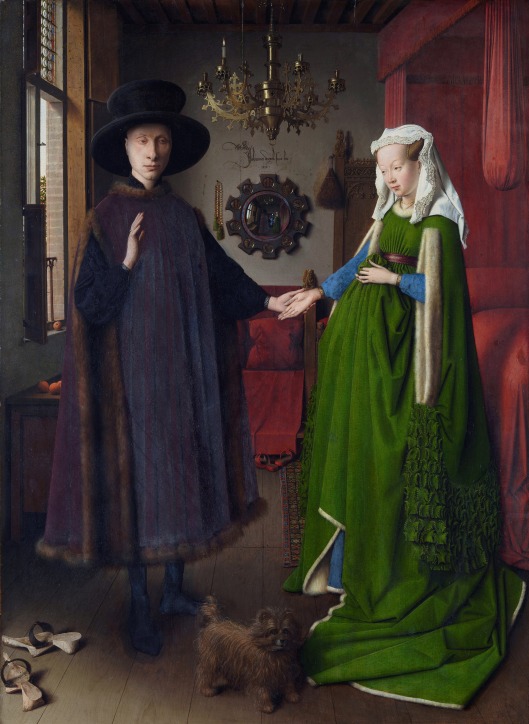
Portrait of Arnolfini and Wife
Oil on oak
1434
National Gallery, London
My interpretation of this painting:
This recognisable painting is of Giovanni di Nicolao Arnolfini and his wife, but apparently it is not of their wedding and his wife is not pregnant, as is often thought. The rich colours achieved through the oil paint indicate opulence and wealth, while the subtle but realistic representation of light and texture (glinting on the chandelier, rolling over the folds of the material etc.) shows Van Eyck’s mastery of the medium. The orthoganol perspective draws the viewer into the room and encourages you to view the scene as if you were part of it, while the use of the mirror almost encloses you in the space. There is also extensive use of symbolism in the piece, though interpretations vary – the joined hands may represent a union of marriage, the dog represents loyalty, the green symbolises hope etc.

